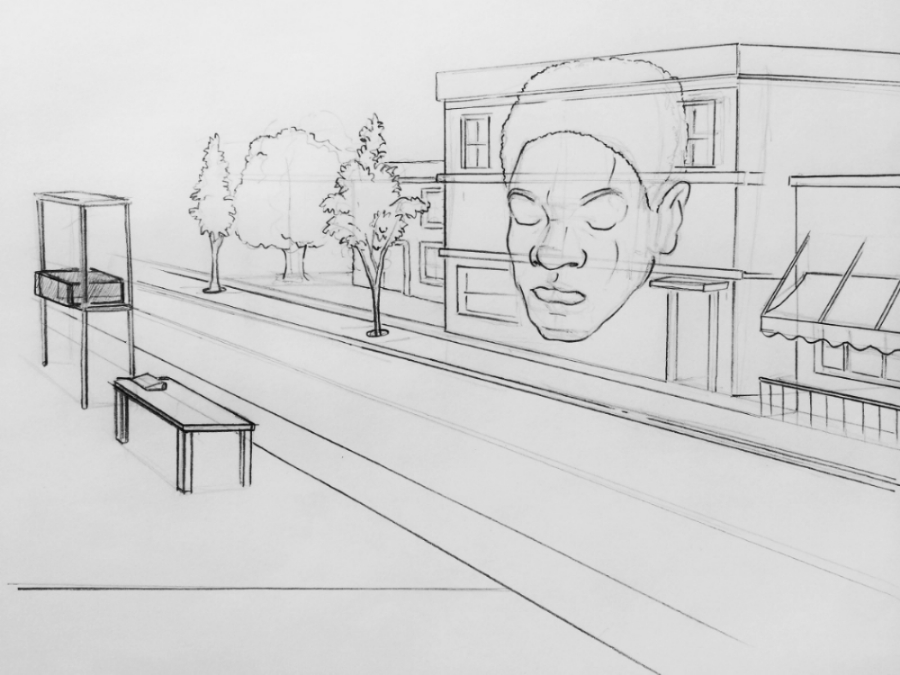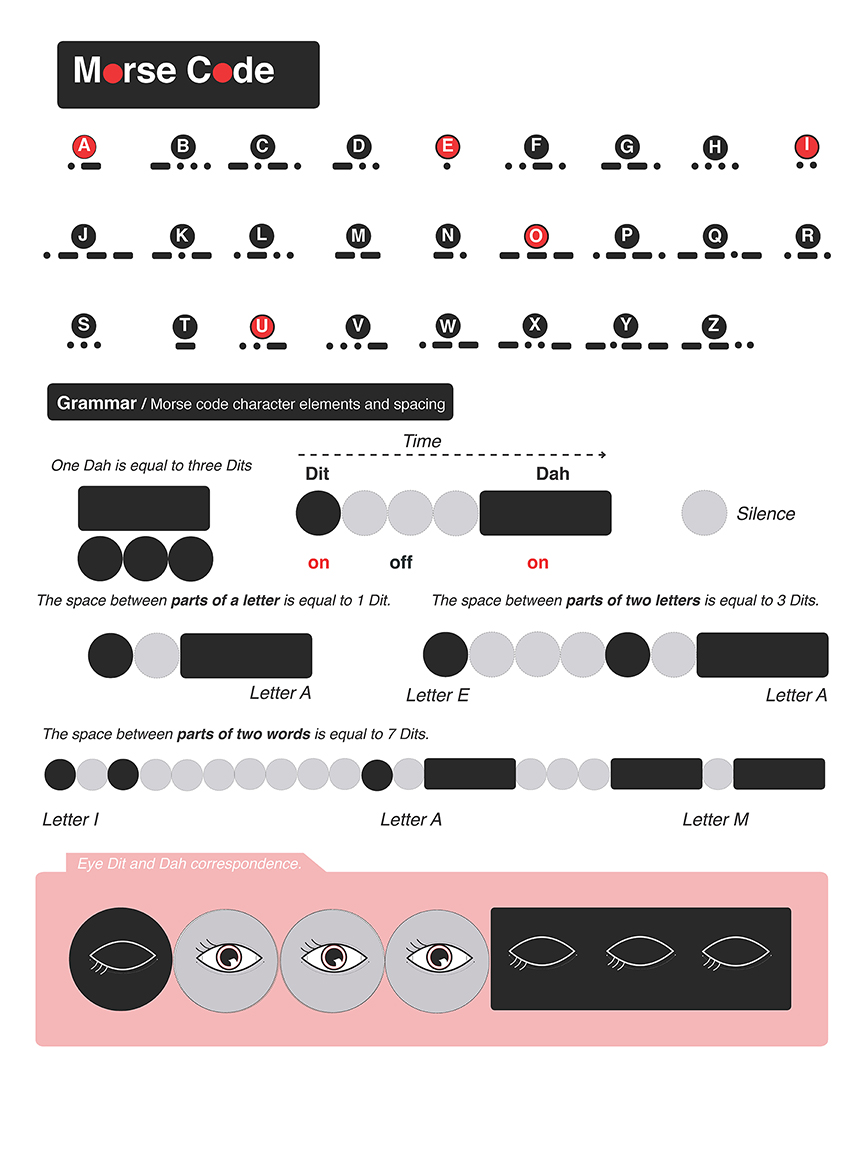
Acts of Affection nº1 / project for public space
Acts of Affection Nº 1 is part of a series of reflections about the overlapping sociocultural aspects of public space, citizens, and affection.
This project is currently in development and discussion with relevant scholars to create an appropriate approach and to establish a support system that accompanies the project.
Historical context
Jeremiah Denton, was introduced to the United States of America in an extraordinary TV interview in 1966 in which, as a prisoner of war, he blinked in Morse code the word “T-O-R-T-U-R-E” to alert military intelligence to his plight at the infamous Hanoi Hilton during the Vietnam War. Denton was 41. His Navy bomber was shot down on July 18, 1965 while he was flying off the aircraft carrier USS Independence. He was hit over the North Vietnamese stronghold of Thanh Hoa. Denton occupied concrete Cell No. 10, four feet wide by nine feet in length, with no windows or a connection to the outside. Denton described in his book “When Hell Was in Session” how, during his detention, the captors used various forms of punishment and torture as a form of intimidation. He had been a prisoner for seven years and seven months when he and hundreds of other U.S. POWs were released in 1973.
Project:
Denton’s act exists within North American memory as a form of resistance and resourcefulness. He was able to construct a platform for re-imagining creative expressions against forms of coercion and persecution. The project Acts of Affection Nº 1 takes on Denton’s act of resistance as a platform to engage with contemporary social practices of bullying. The project consists of documenting histories of bullying within the U.S. school system and recording them as video while the phrases revealing the form of bullying are expressed through victims blinking their eyes in Morse Code. The video portraits of the bullying victims will then be projected on a large scale onto buildings in the city where the workshop takes place.
It is clear that Morse Code may not be a language understood by many people. Consequently, a parallel system will be created for the audience to access the content. It will be composed on a webpage and made explicit through written materials available on site.
One of the main goals is to achieve awareness and ultimately encourage the creative process to develop platforms for resistance and discussion of this social problem.
The project Acts of Affection Nº 1 undertakes research and dialogue with psychologists and other scholars to accomplish an integrated project. The project is based on research and establishing dialogue with scholars to create a workshop that will allow the project to engage in a interchange with young people who are experiencing bullying. The project Acts of Affection Nº 1 will be presented in public space in an attempt to surface ideas of and foster an affectionate public space.
Affectionate City, Affectionate Public Space.
The affectionate space, is a space of questions. The affectionate space problematizes the classic notion of “polis” and the occupants of the “city-nation” space. The occupant is a reduced citizen in relation to his/her surrounding experience; where the city reduces and confines the human experience in the city, like the dichotomy of the pedestrian (reduced individual) vs walker (affective). The pedestrian is confined to rules and regulations of the city limiting his or her relation to the public space vs. a walker that transcends the optic experience to engage in a haptic way—the walker creates new experiences outside the regulated experiences provided in the public space.
Affectionate space also relates to the idea of memory at the historical, personal, and communal levels. In that context, the affectionate public space debates with the “network society”, defined by Manuel Castells, as a space that privileges the capitalist exchange with emphasis on the optic experience: technology, sound, images and symbols. Those spaces are structured as “interconnected and unhistorical” places.
We live the city, as an affectionate experience that is revealed in our practices in the public space. In a normative sense public space belongs to everybody but not everybody experiences public space in the same way (Ramirez p106).
The affectionate city is a collaborative social space where the idea of citizen -the single persona that is supra regulated by a structure-, is re-integrated into its habitat as a full entity, where spaces play a more active role allowing the creativity and inter-crossing of ideas sometimes conflicting and overlapping in the same public space encompassing different ideas of public life.




